
Arthur Seyss-Inquart was a dangerous fool for thinking that the Dutch population would subscribe to the Nazi ideas, although there was a substantial minority in the Netherlands who did endorse the National Socialist philosophy , the majority of the Dutch did not follow Hitler’s ideas.
Arthur Seyss-Inquart(22 July 1892 – 16 October 1946) was an Austrian Nazi politician who served as Chancellor of Austria for two days – from 11 to 13 March 1938 – before the Anschluss annexation of Austria by Nazi Germany, signing the constitutional law as acting head of state upon the resignation of President Wilhelm Miklas.
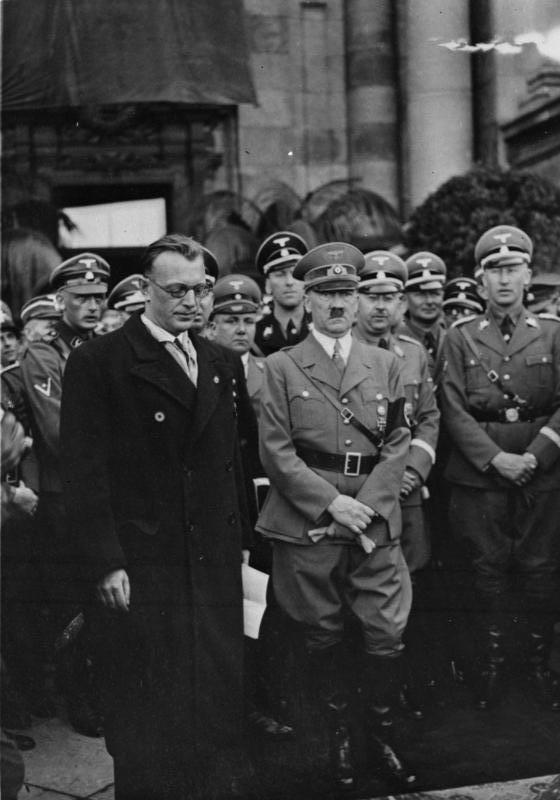
During World War II, he served the Third Reich in the General Government of Poland and as Reichskommissar in the Netherlands. At the Nuremberg trials, he was found guilty of crimes against humanity and sentenced to death.
Arthur Seyss-Inquart, the son of a teacher, was born in Stannern, in Austria, on 22nd July, 1892. The family moved to Vienna in 1907 and Seyss-Inquart studied law before joining the Austro-Hungarian Army. During the First World War he saw action against the Russian Army on the Eastern Front and in Italy before being badly wounded in 1917.
After the war Seyss-Inquart became a lawyer in Austria. He developed extreme right-wing views and joined the German Brotherhood.
A strong advocate of Anschluss, Seyss-Inquart became a state counselor in May 1937. The following February Kurt von Schuschnigg appointed him minister of the interior and served as chancellor for a brief spell in March, 1938, before Hitler took control of the country.
appointed him minister of the interior and served as chancellor for a brief spell in March, 1938, before Hitler took control of the country.
Seyss-Inquart has a series of jobs under the Nazis including governor of Ostmark and minister without portfolio in Hitler’s cabinet. When the German took control of Poland Seyss-Inquart served as deputy governor under Hans Frank. In May 1940, he became Reich Commissioner of the Netherlands.
Seyss-Inquart drafted the legislative act reducing Austria to a province of Germany and signed it into law on 13 March. With Hitler’s approval he became Governor of the newly named Ostmark, with Ernst Kaltenbrunner his chief minister and Josef Burckel as Commissioner for the Reunion of Austria (concerned with the “Jewish Question”).
Seyss-Inquart also received an honorary SS rank of Gruppenführer and in May 1939 he was made a Minister without portfolio in Hitler’s cabinet. Almost as soon as he took office, he ordered the confiscation of Jewish property and sent Jews to concentration camps. Late in his regime, he collaborated in the deportation of Jews from Austria.
Following the invasion of Poland, Seyss-Inquart became administrative chief for Southern Poland, but did not take up that post before the General Government was created, in which he became a deputy to the Governor General Hans Frank.
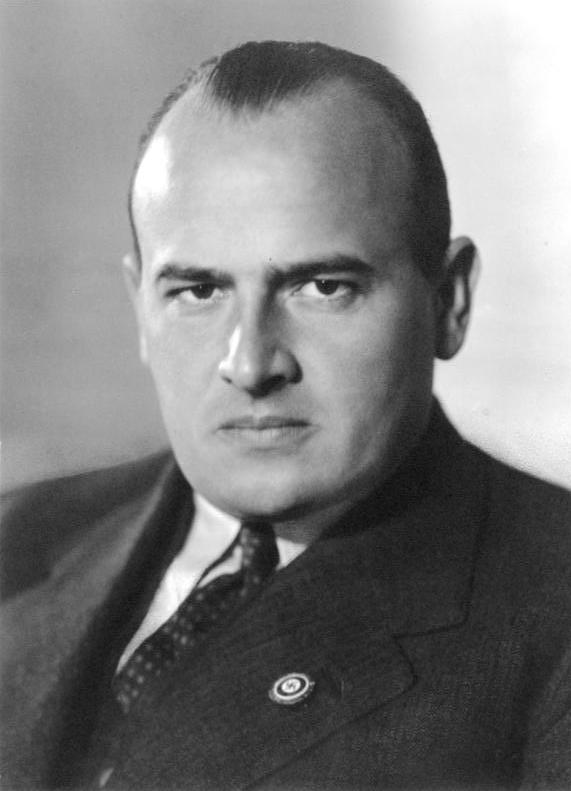
He fully supported the heavy-handed policies put into effect by Frank, including persecution of Jews. He was also aware of the Abwehr’s murder of dozens of Polish intellectuals.
Following the capitulation of the Low Countries Seyss-Inquart was appointed Reichskommissar for the Occupied Netherlands in May 1940, charged with directing the civil administration, with creating close economic collaboration with Germany and with defending the interests of the Reich. Among the Dutch people he was mockingly referred to as “Zes en een kwart” (six and a quarter), a play on his name. He supported the Dutch NSB and allowed them to create a paramilitary Landwacht, which acted as an auxiliary police force.
Other political parties were banned in late 1941 and many former government officials were imprisoned at Sint-Michielsgestel.

The administration of the country was controlled by Seyss-Inquart himself and he answered directly to Hitler.He oversaw the politicization of cultural groups from the Nederlandsche Kultuurkamer “right down to the chessplayers’ club”, and set up a number of other politicised associations.
He introduced measures to combat resistance, and when a widespread strike took place in Amsterdam, Arnhem and Hilversum in May 1943, special summary court-martial procedures were brought in, and a collective fine of 18 million guilders was imposed. Up until the liberation, Seyss-Inquart authorized the execution of around 800 people, although some reports put this total at over 1,500, including the executions of people under the so-called “Hostage Law”, the death of political prisoners who were close to being liberated, the Putten raid,

and the reprisal executions of 117 Dutchmen for the attack on SS and Police Leader Hanns Albin Rauter.

Although the majority of Seyss-Inquart’s powers were transferred to the military commander in the Netherlands and the Gestapo in July 1944, he remained a force to be reckoned with.
There were two small concentration camps in the Netherlands – KZ Herzogenbusch near Vught, Kamp Amersfoort near Amersfoort,
and Westerbork transit camp (a “Jewish assembly camp”) Anne Frank stayed in the hut shown to the left(replica) from August until early September 1944, when she was taken to Auschwitz-Birkenau.

There were a number of other camps variously controlled by the military, the police, the SS or Seyss-lnquart’s administration.
These included a “voluntary labour recruitment” camp at Ommen (Camp Erika). In total around 530,000 Dutch civilians forcibly worked for the Germans, of whom 250,000 were sent to factories in Germany. There was an unsuccessful attempt by Seyss-Inquart to send only workers aged 21 to 23 to Germany, and he refused demands in 1944 for a further 250,000 Dutch workers and in that year sent only 12,000 people.
Seyss-Inquart was an unwavering anti-Semite: within a few months of his arrival in the Netherlands, he took measures to remove Jews from the government, the press and leading positions in industry. Anti-Jewish measures intensified after 1941: approximately 140,000 Jews were registered, a ‘ghetto’ was created in Amsterdam and a transit camp was set up at Westerbork. Subsequently, in February 1941, 600 Jews were sent to Buchenwald and Mauthausen concentration camps. Later, the Dutch Jews were sent to Auschwitz. As Allied forces approached in September 1944, the remaining Jews at Westerbork were removed to Theresienstadt. Of 140,000 registered, only 30,000 Dutch Jews survived the war.
When the Allies advanced into the Netherlands in late 1944, the Nazi regime had attempted to enact a scorched earth policy, and some docks and harbours were destroyed. Seyss-Inquart, however, was in agreement with Armaments Minister Albert Speer over the futility of such actions, and with the open connivance of many military commanders, they greatly limited the implementation of the scorched earth orders.At the very end of the “hunger winter” in April 1945, Seyss-Inquart was with difficulty persuaded by the Allies to allow airplanes to drop food for the hungry people of the occupied northwest of the country.
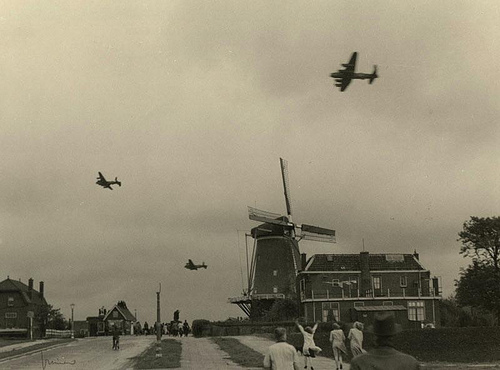
Although he knew the war was lost, Seyss-Inquart did not want to surrender. This led General Walter Bedell Smith to snap: “Well, in any case, you are going to be shot“. “That leaves me cold“, Seyss-Inquart replied, to which Smith then retorted: “It will“

Before Hitler committed suicide in April 1945, he named a new government headed by Grand Admiral Karl Dönitz in his last will and testament, in which Seyss-Inquart replaced Joachim von Ribbentrop, who had long since fallen out of favour, as Foreign Minister. It was a tribute to the high regard Hitler felt for his Austrian comrade, at a time when he was rapidly disowning or being abandoned by so many of the other key lieutenants of the Third Reich. Unsurprisingly, at such a late stage in the war, Seyss-Inquart failed to achieve anything in his new office.
He remained in his posts until 7 May 1945, when, after a meeting with Dönitz to confirm his blocking of the scorched earth orders, he was arrested on the Elbe Bridge at Hamburg by two members of the Royal Welch Fusiliers, one of whom was Norman Miller (birth name: Norbert Mueller), a German Jew from Nuremberg who had escaped to Britain at the age of 15 on a kindertransport just before the war
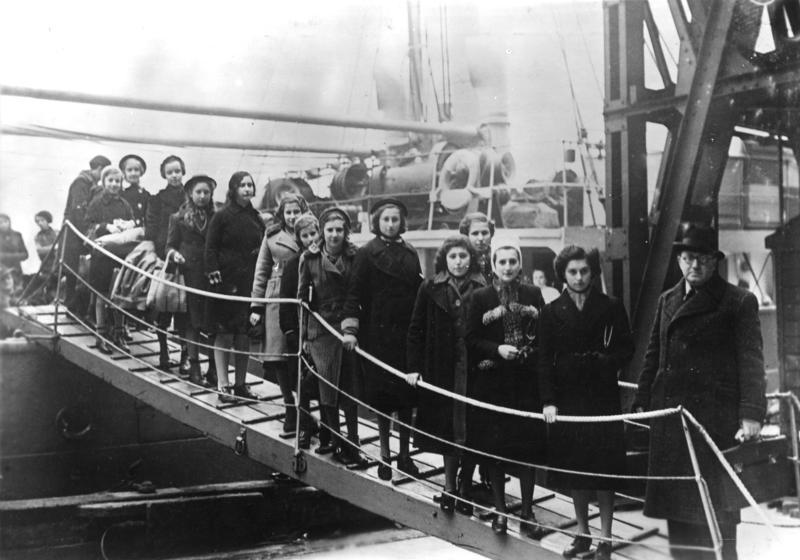
and then returned to Germany as part of the British occupation forces.Miller’s entire family had been killed at the Jungfernhof Camp in Riga, Latvia in March 1942.
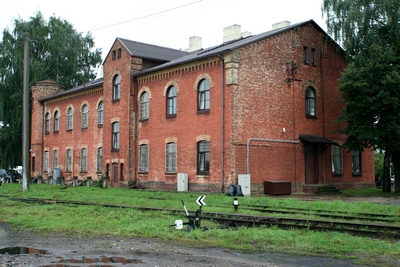
At the Nuremberg trials, Seyss-Inquart was defended by Gustav Steinbauer and faced four charges: conspiracy to commit crimes against peace; planning, initiating and waging wars of aggression; war crimes; and crimes against humanity.
During the trial, Gustave Gilbert, an American army psychologist, was allowed to examine the Nazi leaders who were tried at Nuremberg for war crimes. Among other tests, a German version of the Wechsler-Bellevue IQ test was administered. Arthur Seyss-Inquart scored 141, the second highest among the defendants, behind Hjalmar Schacht.
Seyss-Inquart was acquitted of conspiracy, but convicted on all other counts and sentenced to death by hanging. The final judgment against him cited his involvement in harsh suppression of Nazi opponents and atrocities against the Jews during all his billets, but particularly stressed his reign of terror in the Netherlands. It was these atrocities that sent him to the gallows.
Upon hearing of his death sentence, Seyss-Inquart was fatalistic: “Death by hanging… well, in view of the whole situation, I never expected anything different. It’s all right.”
He was hanged on 16 October 1946, at the age of 54, together with nine other Nuremberg defendants. He was the last to mount the scaffold, and his last words were the following: “I hope that this execution is the last act of the tragedy of the Second World War and that the lesson taken from this world war will be that peace and understanding should exist between peoples. I believe in Germany.”
Before his execution, Seyss-Inquart had returned to Catholicism, receiving absolution in the sacrament of confession from prison chaplain Father Bruno Spitzl.

His body, as those of the other nine executed men and the corpse of Hermann Göring, was cremated at Ostfriedhof (Munich) and the ashes were scattered in the river Isar.

Donation
I am passionate about my site and I know you all like reading my blogs. I have been doing this at no cost and will continue to do so. All I ask is for a voluntary donation of $2, however if you are not in a position to do so I can fully understand, maybe next time then. Thank you. To donate click on the credit/debit card icon of the card you will use. If you want to donate more then $2 just add a higher number in the box left from the PayPal link. Many thanks.
$2.00











Hi. I can’t seem to access your blog when using the web browser SEWER NECROPEDOSADOMASO versin 61 I suspect its a problem coming from either your WordPress theme or maybe your plugins https://mmorpggaminghd.wordpress.com/2016/06/01/the-tauren-rogue-new-class-race-for-wow-legion/
LikeLike
Hi, try this https://dirkdeklein.wordpress.com/
LikeLike
Reblogged this on History of Sorts.
LikeLike